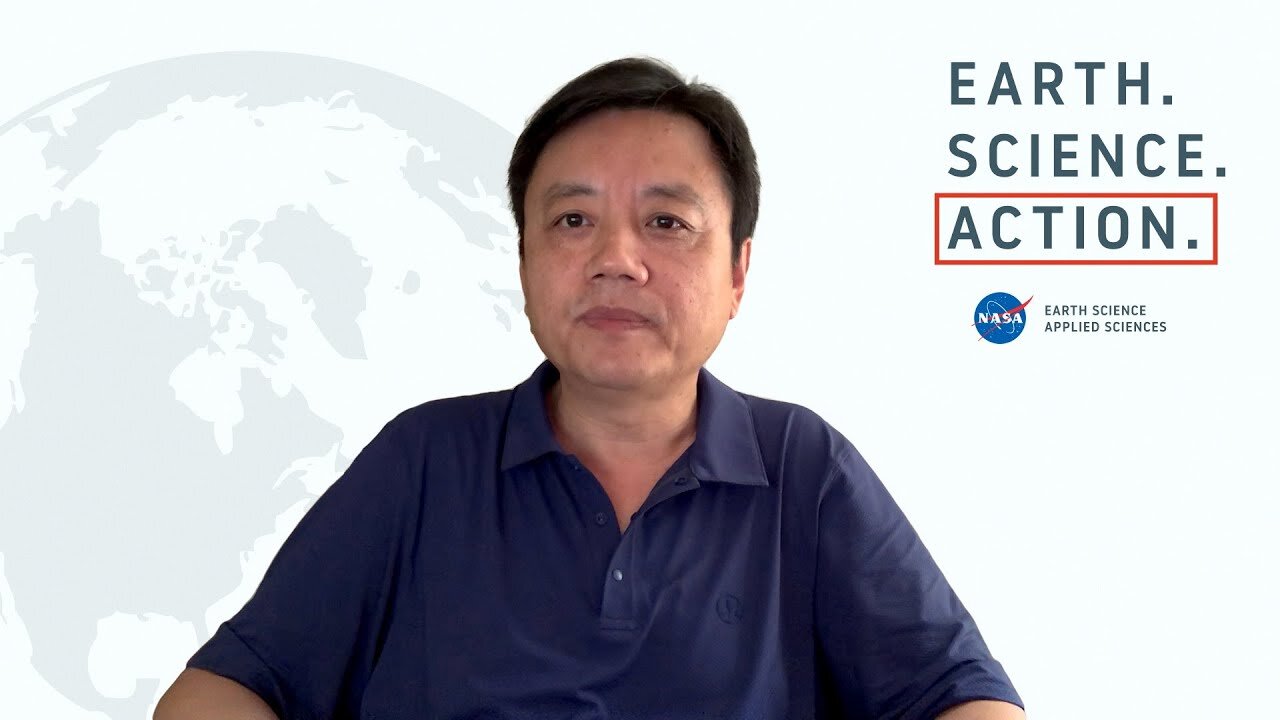Premium Only Content

Detecting Sargassum algae from space, also known as Sargassum seaweed //dxbdubai
Detecting Sargassum algae, also known as Sargassum seaweed, can be challenging because it often floats on the surface of the ocean and forms dense mats that can cover large areas. However, various methods and technologies have been developed to detect and monitor Sargassum algae blooms. Here are some common approaches:
Satellite Imaging: Satellite-based remote sensing is one of the most effective ways to detect and monitor Sargassum blooms over large ocean areas. Satellites equipped with sensors that can capture different wavelengths of light, including infrared and visible light, can detect changes in the color and temperature of the ocean's surface caused by Sargassum. These satellites provide valuable data for tracking the movement and extent of Sargassum algae.
Aerial Surveys: Aircraft equipped with specialized sensors can also be used to conduct aerial surveys of Sargassum blooms. These surveys can provide high-resolution images and data to complement satellite observations.
Ocean Buoy Networks: Some regions deploy ocean buoys equipped with sensors to monitor water quality and environmental conditions. These buoys can detect changes in water temperature, turbidity, and nutrient levels associated with Sargassum blooms.
Citizen Science: Citizen scientists and local communities can play a role in Sargassum detection. Reports and observations from beachgoers and coastal residents can help authorities track the presence and extent of Sargassum accumulations.
Machine Learning and Artificial Intelligence: Researchers are developing machine learning and AI algorithms to analyze satellite and aerial imagery more effectively. These algorithms can automatically identify and track Sargassum blooms based on patterns and features in the images.
Oceanographic Models: Numerical models of ocean currents and water quality can be used to predict the movement and dispersion of Sargassum algae. These models take into account factors such as wind, ocean currents, and water temperature.
Field Surveys: While remote sensing provides valuable data, ground-based field surveys are essential for verifying and validating the satellite and aerial observations. Researchers can collect physical samples and conduct detailed studies of Sargassum in affected areas.
Combining multiple methods, including satellite imagery, aerial surveys, and data from ocean buoys, allows scientists and authorities to better understand the dynamics of Sargassum blooms and respond to their presence. Early detection is crucial for managing the impacts of Sargassum algae on coastal ecosystems, tourism, and local economies.
Regenerate
-
 LIVE
LIVE
vivafrei
4 hours agoViva & Barnes Live with The Duran - World Politics, World News, & World War?
1,633 watching -
 1:05:29
1:05:29
The Rubin Report
1 hour agoFight Over Trump Lies Gets so Ugly It Could Be Eric Trump’s Final Appearance on This Show
4.92K12 -
 1:32:12
1:32:12
Nikko Ortiz
1 hour agoRealistic COP Simulator | Rumble LIVE
5.71K -
 LIVE
LIVE
LFA TV
12 hours agoLIVE & BREAKING NEWS! | WEDNESDAY 10/8/25
4,328 watching -
 LIVE
LIVE
The Mel K Show
57 minutes agoMORNINGS WITH MEL K -Lobbyists and Greed have Replaced the Will of We the People 10-8-25
443 watching -
 LIVE
LIVE
The Shannon Joy Show
29 minutes agoGold Surge Persists Signaling Recession, More Inflation & Potential War - Live W/ Peter Schiff!
121 watching -
 LIVE
LIVE
Grant Stinchfield
56 minutes agoThe People Have Spoken: Trump Rising, Democrats Reeling
85 watching -
 LIVE
LIVE
Trumpet Daily
42 minutes agoTrumpet Daily LIVE | Oct 8, 2025
173 watching -
 LIVE
LIVE
Outspoken with Dr. Naomi Wolf
38 minutes ago"October 7: Israel, with all its Flaws, isn't Making me a Zionist. Anti-Semitism Is."
40 watching -
 1:56:24
1:56:24
Benny Johnson
2 hours ago🚨James Comey in Court LIVE Right Now on Criminal Charges | Portland Anarchy Against ICE EXPOSED
22.9K36
